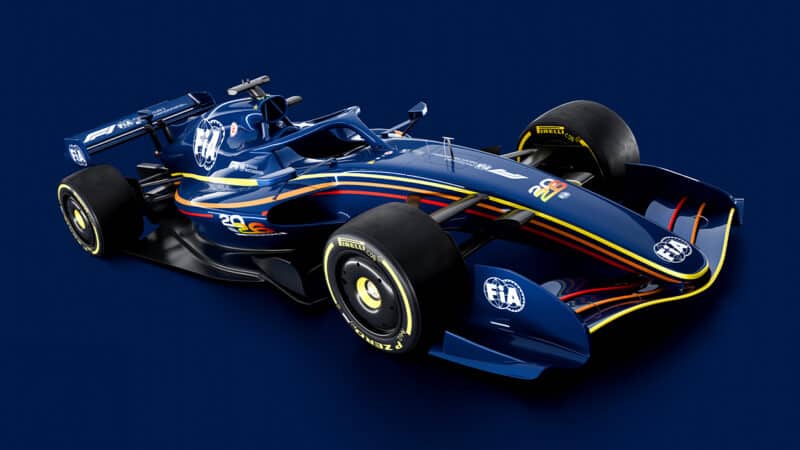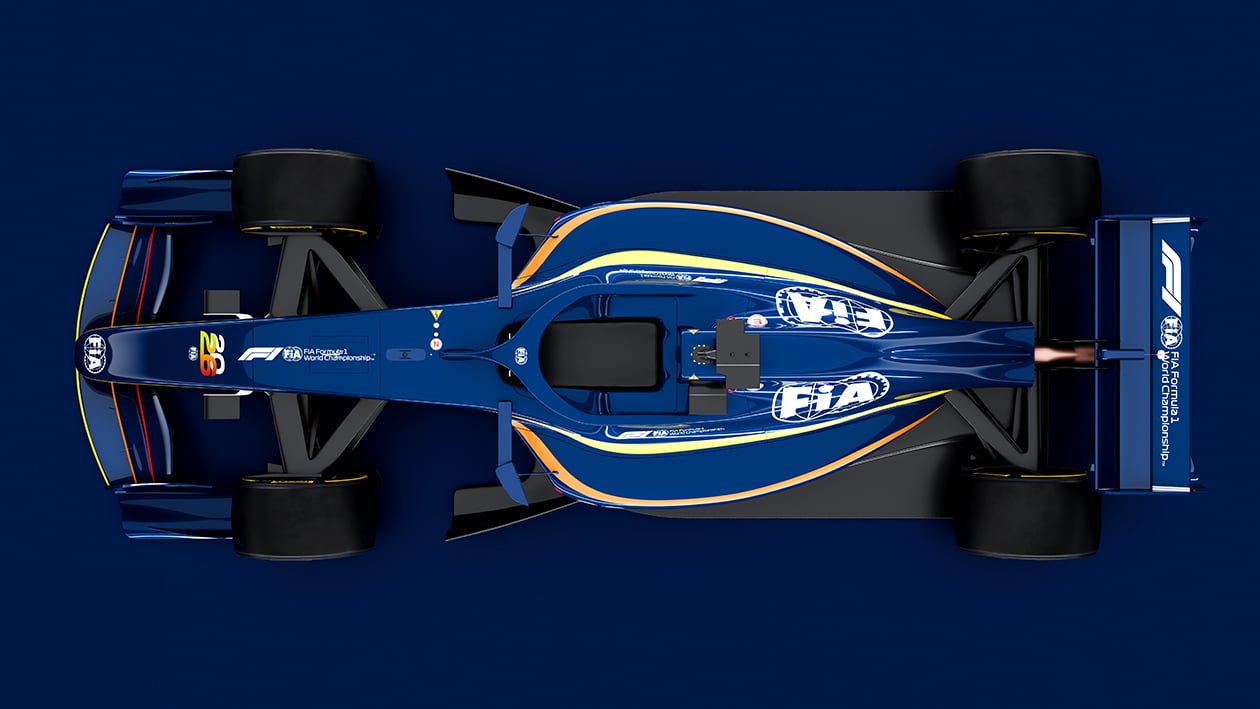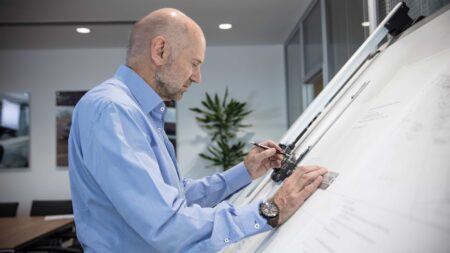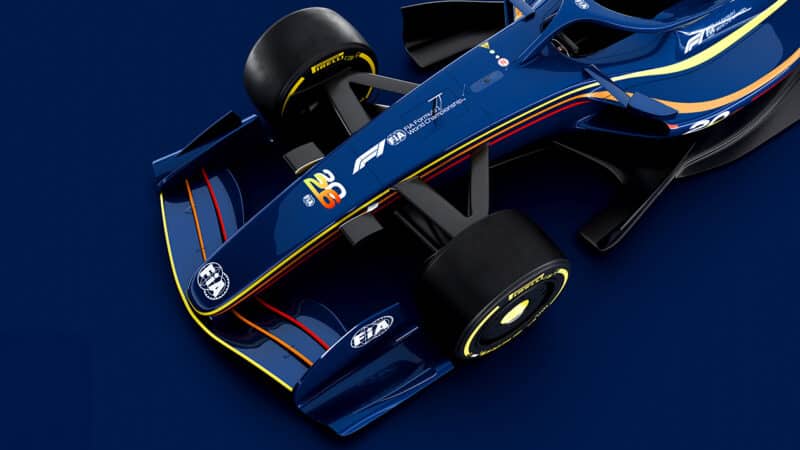Under the new regs, the absence of ERS-H means there is nowhere near enough energy being recovered to get close to full deployment of the bigger battery. They are ‘energy-starved’. When current PUs begin clipping they lose the extra 120Kw (160bhp) from the battery. These ones would not only begin clipping much earlier (because of the ERS-H deletion), but they’d lose 350Kw (470bhp) rather than 120Kw (160bhp) and the combustion engine would be only able to help out with 400Kw (535bhp) rather than the current 600Kw (800bhp).
This energy starvation is what has driven the drastic reduction in drag. Hence the ’26 car has by necessity to have less downforce. 55% less is the target. But still with the same basic ground effect concept, as that gives a cleaner wake than cars relying more on wing-derived downforce. Reducing the downforce also means more of the lap will be driven on part-throttle – which allows energy to be recovered, further easing the energy starvation. On part-throttle the ERS-k can deliver the required level of electrical power to the wheels and the rest to the battery. On full-throttle it all goes to the wheels.
So given the requirement of a drastic downforce reduction we arrive at a smaller car and therefore smaller downforce-generating surfaces of both underbody and overbody. There’s only so far it can be shrunk though, because those batteries and motors take up a lot of space, so a greater proportion of the underfloor will be flat, with correspondingly less for the ground effect tunnels. There will also be a less aggressive diffuser and the deletion of the rear beam wing which joins up the flow from the diffuser to the rear wing underside.
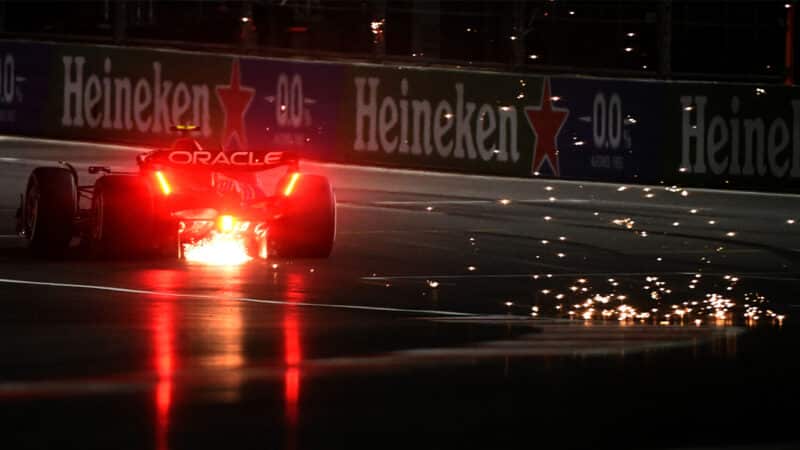
2026 regs are designed to reduce clipping — shown by rear wing red lights show clipping, when engine power is used to charge the battery
Will Lester/Getty Images
An initial target of a 60% downforce reduction was going to allow the tyre diameters to reduce from 18 to 16-inch, thereby helping with the weight reduction the energy starvation was demanding. However, when it was realised that 60% was optimistic even with the shrunken, flatter floor and tamer diffuser, then the 16-inch tyre became unfeasible. It would have resulted in a tyre more prone to overheating even than the current one. So the 18-inch diameter will be retained but combined with a reduction in width.
The revised target of a 55% reduction in downforce still brings the drag down (by an estimated 30%), reducing the energy demand. Also the smaller size offsets the weight penalty of the bigger battery (with an estimated net 30kg reduction in total car weight). All helpful for an energy-starved formula.
But simulation showed that would still not be enough to prevent the cars running out of energy on the straight. Hence the move to active aero. That way you don’t even use all of the more limited downforce all of the time. So we have X and Z modes. X mode is the low-drag mode, Z the downforce mode. These are achieved through wing settings which can be changed on the hoof (as we had back in late ’68 before the feature was banned after it put Chris Amon’s Ferrari up in the trees at Monza).
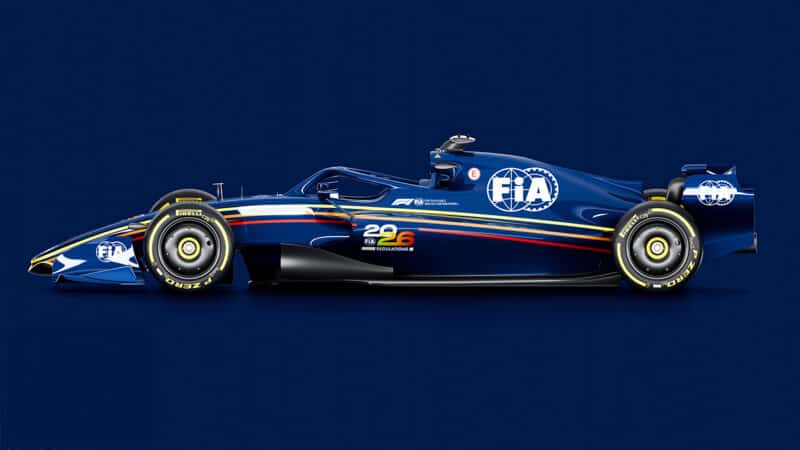
Low drag configuration will be available to every driver in certain zones on each lap
FIA
Jason Sommerville (FIA head of aero and ex-Williams aerodynamicist) explains: “X-mode gives you your high top-speed and that’s the state you’d be in when you’re on a straight or past exiting a corner. As you approach the braking zone, you’d then pop into Z-mode, which is where the downforce is required to get through braking and around the corner.
“So we have these two modes that would be set up in terms of zones around the lap, and the drivers would be able to switch between these two modes when permitted. There may be Sporting Regulations, that for example prevent use in wet conditions, but otherwise we would expect the drivers to have access to both modes around the track for every lap.”

